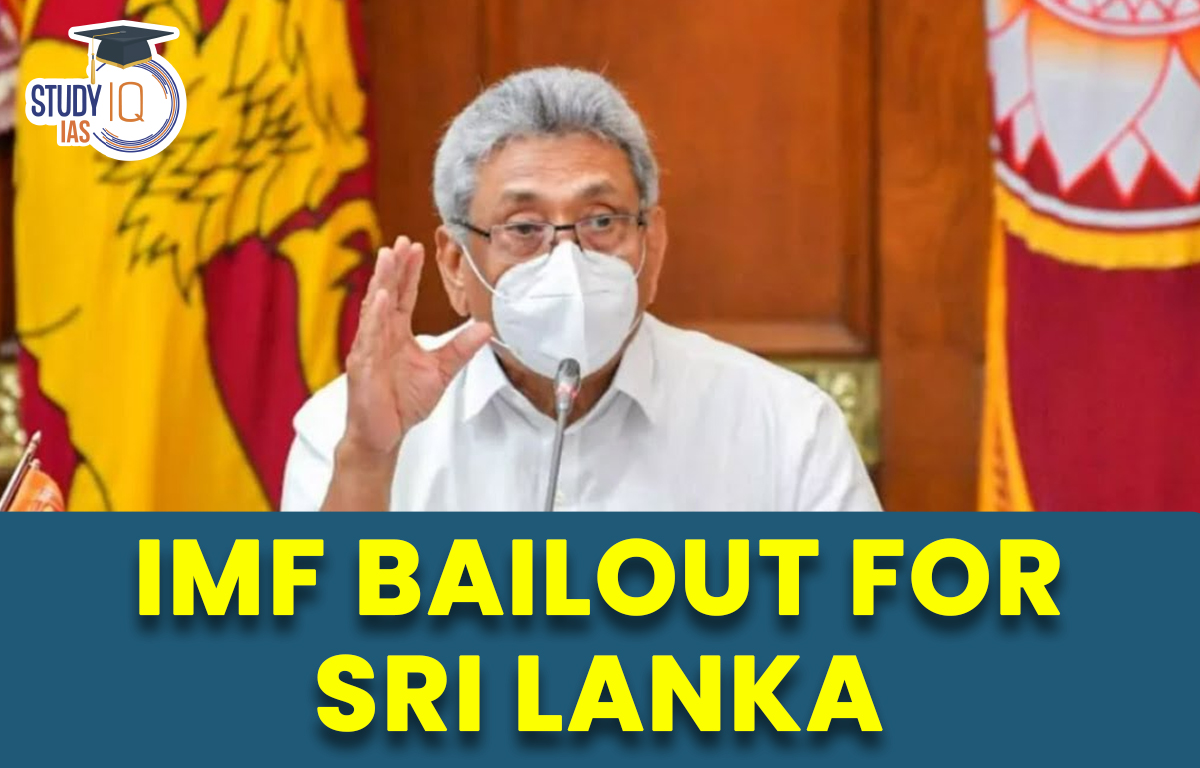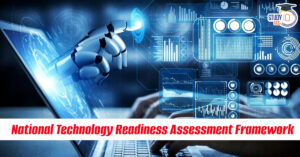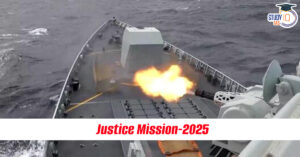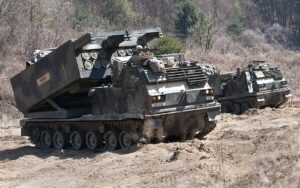Table of Contents
Context: The IMF has transferred the first tranche of funds to Sri Lanka under $3 billion bailout programme.
Background: Economic Crisis in Sri Lanka
- Sri Lanka is currently facing effects of the pandemic, rising energy prices, populist tax cuts and inflation of more than 50%.
- This has created shortage of medicines, fuel and other essential items of survival, triggering nationwide protests which overthrew the ruling government in 2022.
- The government did not have enough money to buy fuel to run essential services like buses, trains and medical vehicles. Since then, the sale of fuel has remained severely restricted.
- Due to shortage of foreign reserves, the government failed to make an interest payment on its foreign debt for the first time in its history.
- Impact: Failure to pay debt interest to investors can harm a country’s reputation, making it difficult for it to borrow the money it needs on international markets.
- Sri Lanka’s external debt: Sri Lanka’s total external debt at the end of 2022 was $84 bn. This included both bilateral and private creditors.
- Reasons for Sri Lanka’s Economic Crisis:
- Decline in tourism: Tourism was one of the biggest foreign currency sources for Sri Lanka. The Easter bombings and the subsequent Covid-19 pandemic affected Sri Lanka’s tourist trade.
- Decline in remittances: Due to the Covid-19 pandemic, the money sent in form of remittances by Sri Lankans living abroad declined, leading to fall in foreign currency earnings.
- Economic mismanagement: The Gotabaya Rajapaksa regime introduced short-sighted big tax cuts, which lost the government income of more than $1.4bn a year.
- This increased fiscal deficits and resulted in international ratings agencies downgrading Sri Lanka.
- Agricultural policies: To overcome foreign currency shortages, the government banned import of chemical fertilizers overnight.
- This led to widespread crop failure, affecting its domestic food security and also led to decline in its lucrative tea and spice exports.
- Fixed exchange rate: Fixing the currency exchange rate of Sri Lankan rupees to the U.S. dollar by using up foreign reserves and deferring IMF engagement further hastened the economic crisis.
- Trade policies: Post the Civil War, Sri Lanka focused on providing goods to its domestic market, instead of trying to boost foreign trade.
- As a result of this, Sri Lanka now imports more than it exports, increasing its import bill significantly.
- Other reasons: Opposition to foreign direct investment and privatization, populist policies, and low taxes all contributed to macroeconomic risks.
Bailout
- Bailout is the practice of providing financial support to a company or a country facing a potential bankruptcy threat.
- Even though bailout can be in various forms, the most common form being direct loans or guarantees of third-party (private) loans to the rescued entity.
- Conditions: A bailout places strict conditions such as restructuring of organization, non dividend payment to shareholders, management change and in some cases a cap on salaries of executives till a specified period.
Decoding the News
- Even though the IMF package is hardly sufficient to tide over financial crisis, it will help Sri Lanka restore its credibility with international private creditors.
- The pre-condition imposed by IMF was assurance from bilateral donors that they would support Sri Lanka’s debt restructuring. China, India and Japan are the biggest bilateral donors of Sri Lanka.
- Impact of IMF bailout: The IMF bailout is expected to generate additional support to the tune of $3.75 billion from the likes of Asian Development Bank, World Bank and other financial institutions.
Way Forward
- Increasing tax: Sri Lanka has introduced income taxes for professionals, ranging from 12.5% to more than 36%. It has also raised other taxes to pay for critical purchases such as fuel and food.
- There is also a need to increase tax base by improving the system to efficiently collect taxes.
- Stable monetary policy: Institutions such as Central Bank must focus on a long-term path to achieve macroeconomic stability and confidence in the local currency.
- There is a need to make decisions on interest rates and reserve requirements without political interference.
- Restructuring state-owned entities: Loss-making state-owned entities must be restructured. Laws need to be introduced to increase transparency and efficiency.
- Entities have to be privatized in competitive sectors where there is no need for them to have commercial interests.
- Export-driven goal: Driving the country towards an export-oriented economy should be the goal. This will be helpful in expanding the market of domestic industry.
- Liberalizing economy: The country’s economy has to be further liberalized to attract FDI, especially from multi-national companies. This can only be materialized by changing land-use policies.
International Monetary Fund
- The IMF is a major financial agency of the United Nations, formed in 1944 at the Bretton Woods Conference.
- It is regarded as the global lender of last resort as countries experiencing balance of payments problems can borrow money.
- Funding: IMF is funded through contributions from member countries, who contribute to a pool through a quota system. Members’ voting power is related directly to their quotas.
- Quotas are denominated (expressed) in SDRs (Special Drawing Rights).
- Membership:
- Currently, the IMF has 190 member countries.
- India was among the 44 founding member countries of IMF.
- Important publications:
- The World Economic Outlook
- The Global Financial Stability Report
- Important feature: Special Drawing Rights (SDRs):
- The SDR is an international reserve asset, created by the IMF in 1969 to supplement its member countries’ official reserves.
- SDR is the IMF’s unit of account and not a currency.
- The currency value of the SDR is determined by summing the values in U.S. dollars, based on market exchange rates.
- SDR basket of currencies includes the U.S. Dollar, Euro, Japanese yen, Pound sterling and the Chinese Yuan (Renminbi).
- The SDR basket is reviewed every five years.



 National Technology Readiness Assessment...
National Technology Readiness Assessment...
 Justice Mission-2025: China’s Live-Fir...
Justice Mission-2025: China’s Live-Fir...
 Suryastra: First Made-in-India Long-Rang...
Suryastra: First Made-in-India Long-Rang...

























